
(Full disclosure, image above is a stock photo from SC Stockshop)
It wasn't too long ago I was struggling with taking good photography of my products and art (Seriously - go back and check out my old Instagram photos). With anything, getting the perfect shot takes time, but most importantly, it takes editing! Here are my tips for the beginner looking to get great shots of their work.
1. Work with what you've got
Great product photography absolutely doesn't have to be expensive. There was a time I purchased professional lighting, a nice camera (ok I used my husbands nice camera) and fancy backdrops. All those items are currently sitting in a closet. The best light I have every found is natural light. If you have an Iphone, the camera is amazing (other phones have quite amazing camera's as well). And white foam core works best for a solid white background.
2. Simplicity is key
When arranging a layout, It's best to have a simple background with the focus on your product or art. A few simple object (which you likely have around your house) can enhance the photo. Make sure your product or art are the main focal points.
3. Never, ever, ever, use flash.
There isn't a lot to say about this, but it needs its own point. You should never, ever, ever use flash. Natural light is ideal, but if you absolutely cannot get natural light - photograph your work in a room that uses a "daylight" toned bulb (These bulbs give off light that look very cool, and are closest to natural light.
4. Edit, edit, edit!
Photoshop is a wonderful editing program, but I know spending that kind of money is not always an option. If purchasing photoshop is not in the budget, there are a few affordable photo editing apps you can use.
When editing in Photoshop:
Have you ever tried to edit a photo to get that perfect white background, only to realize the main object is totally washed out? It happens all the time to me. Photoshop solves this problem, because I create a new layer for each object (the background gets its own layer too).
Edit each layer until the colors and lighting are perfect then mask out the rest of the layer. When trying to get that perfectly white background - brighten up your background layer and desaturate so your white is a very pure white. Then increase the lightness to soften the shadows.
When editing with an app:
There are several photo editing apps, but my favorite is A Color Story. It's free to download, and they have a lot of great free filters. There is also a wide variety of paid filters, and several features that photoshop has as well. Use their curves tool to increase the light, and decrease the shadows.
5. Use stock photography (sparingly).
As I mentioned above, the photo used in this post is a stock photo from SC Stockshop. If you're struggling to take the perfect photo, using a stock photo and placing your art on top is an option. SC Stockshop has several great templates for products and art.

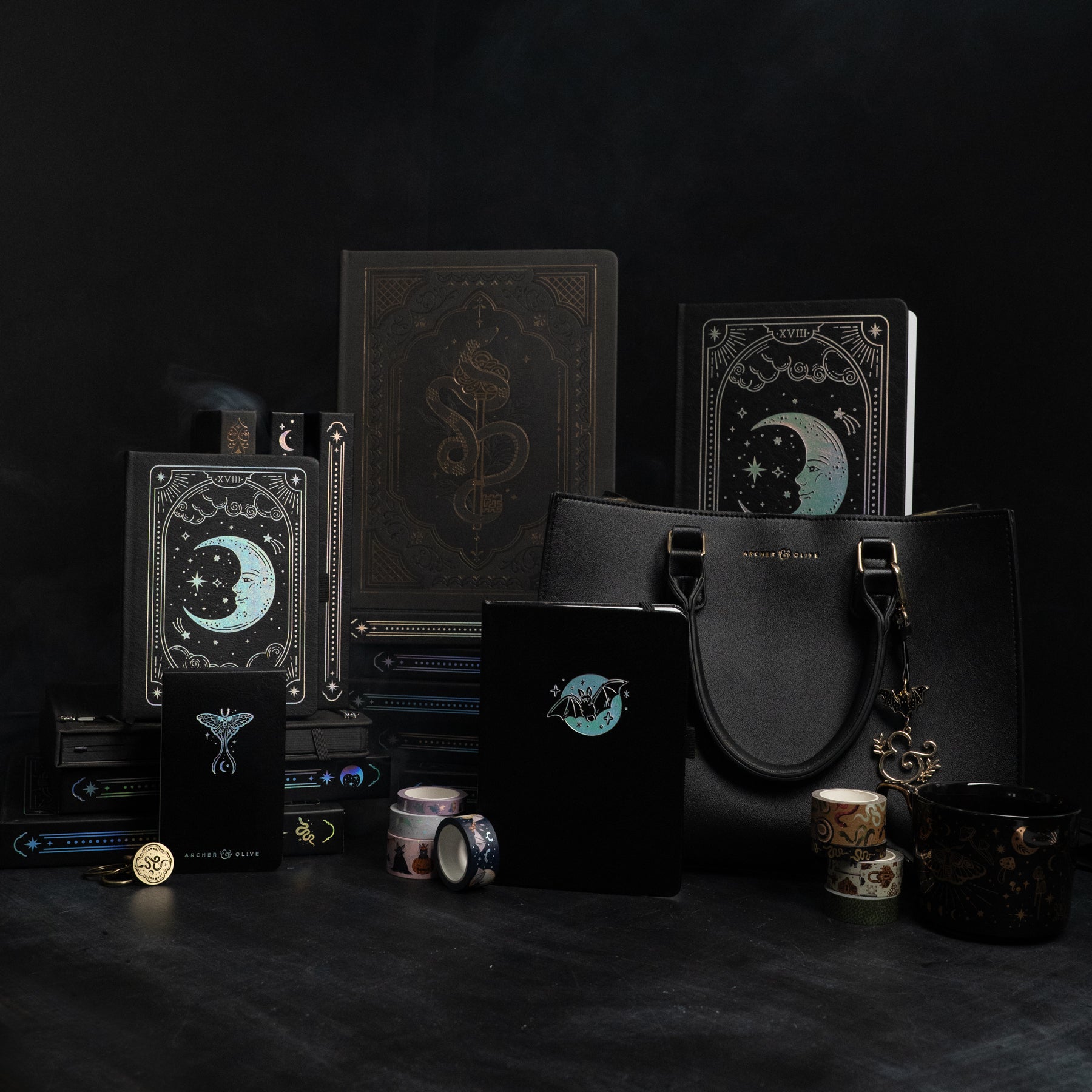
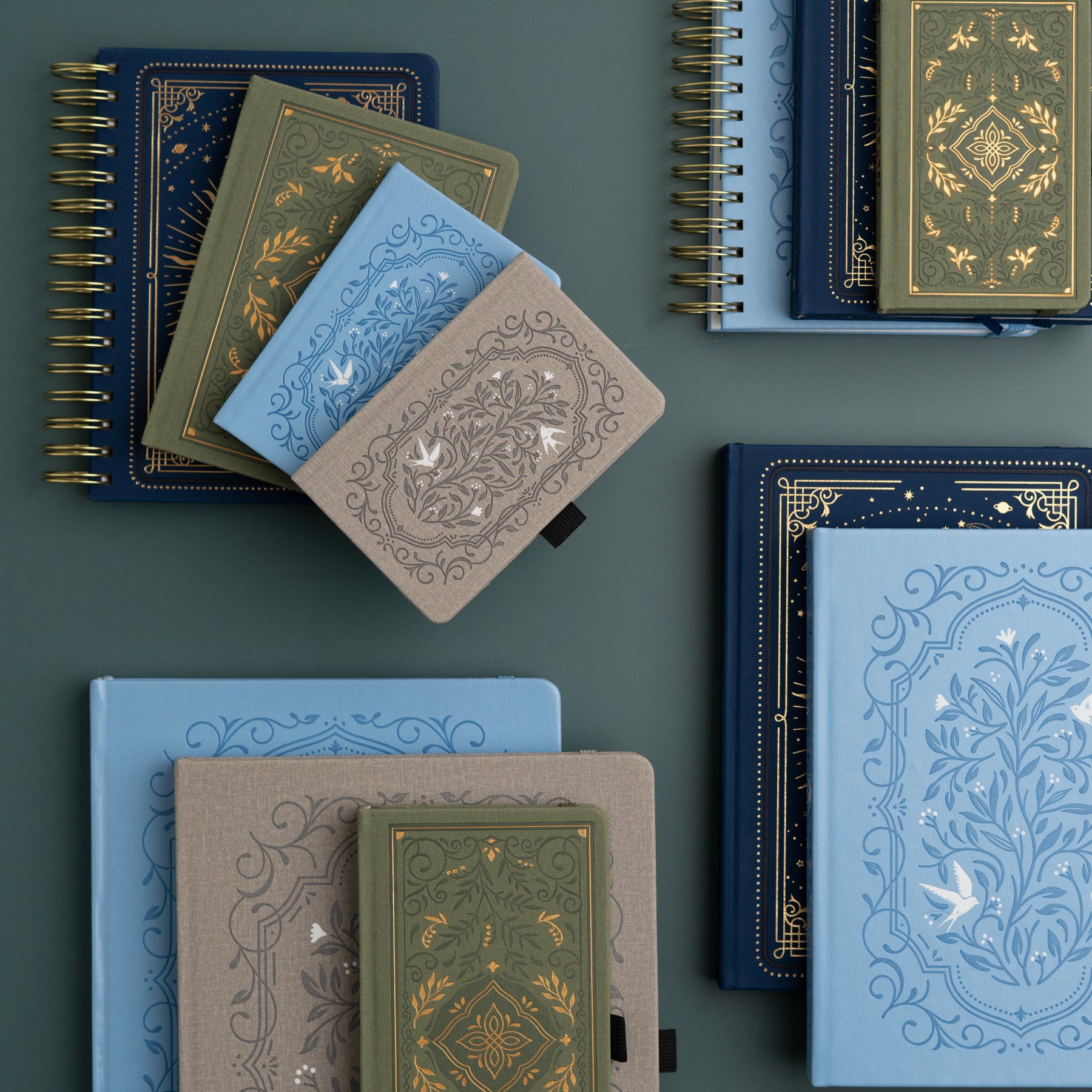


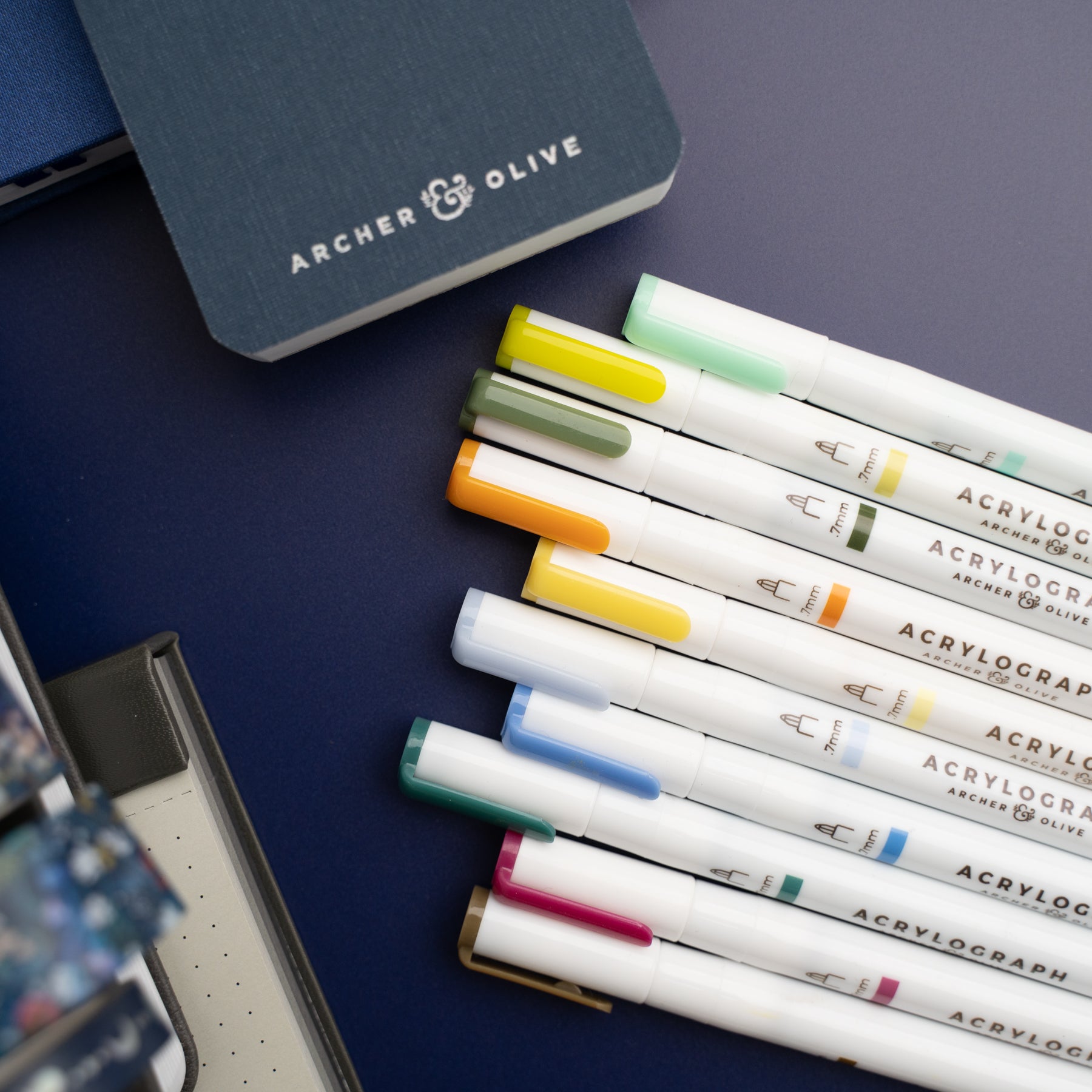
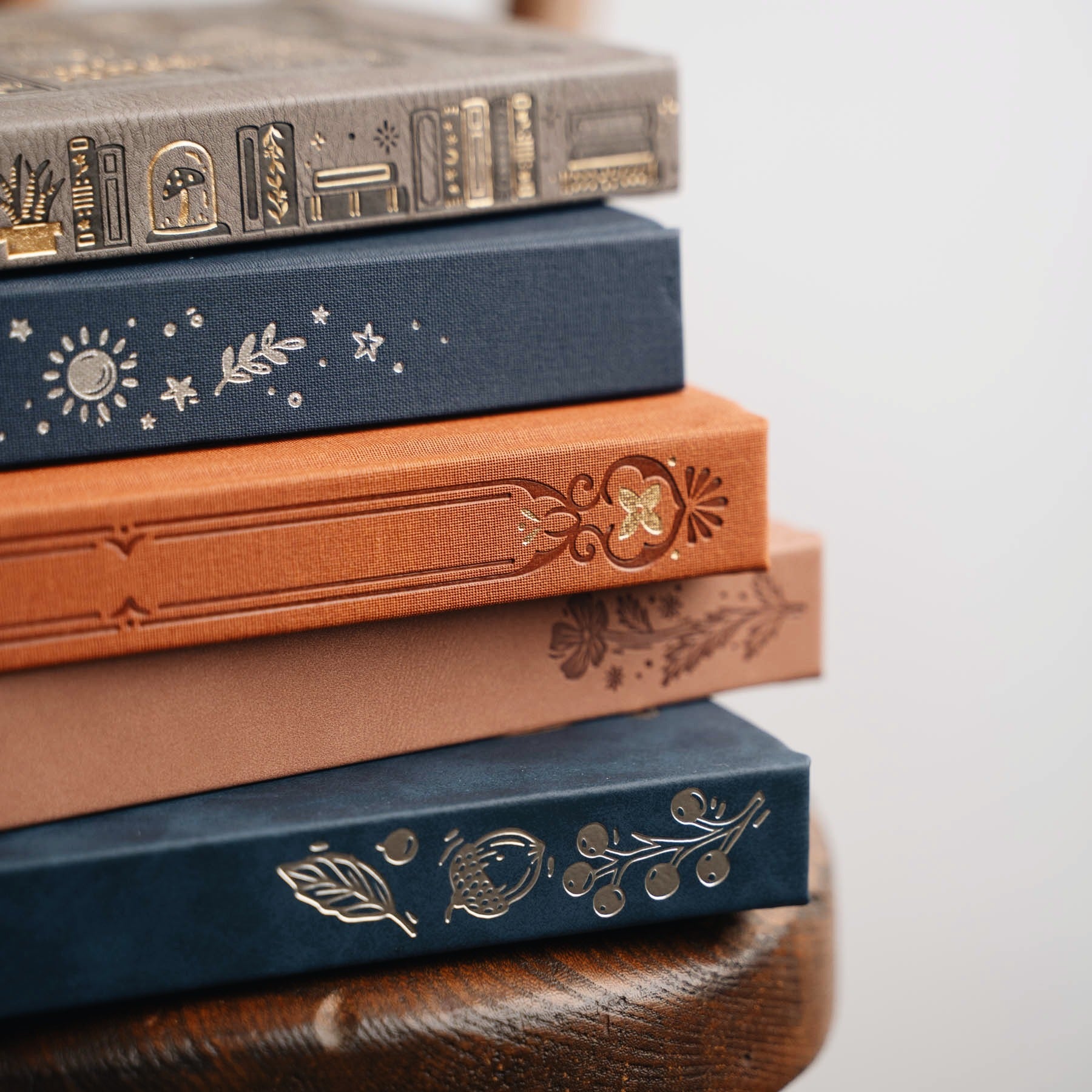
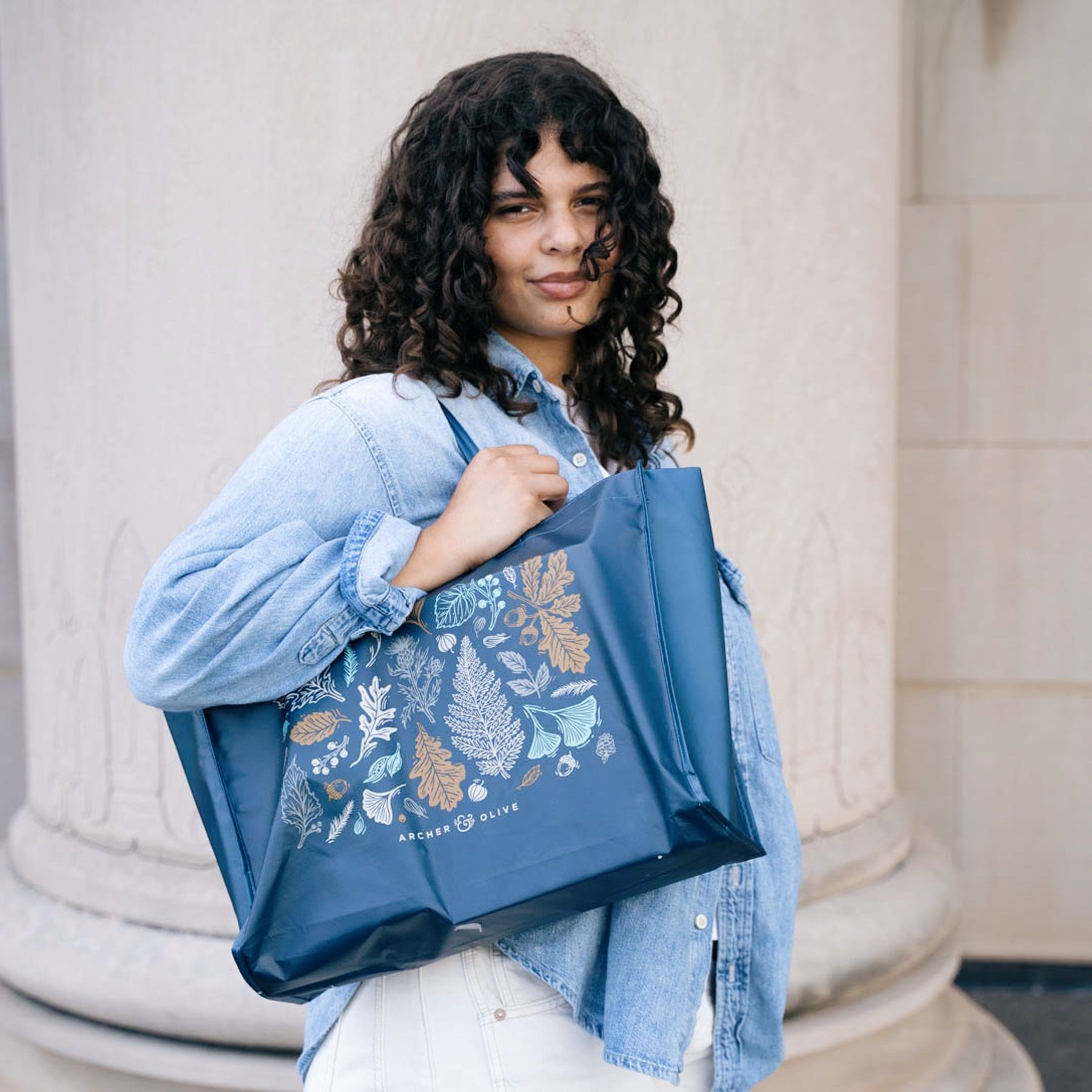
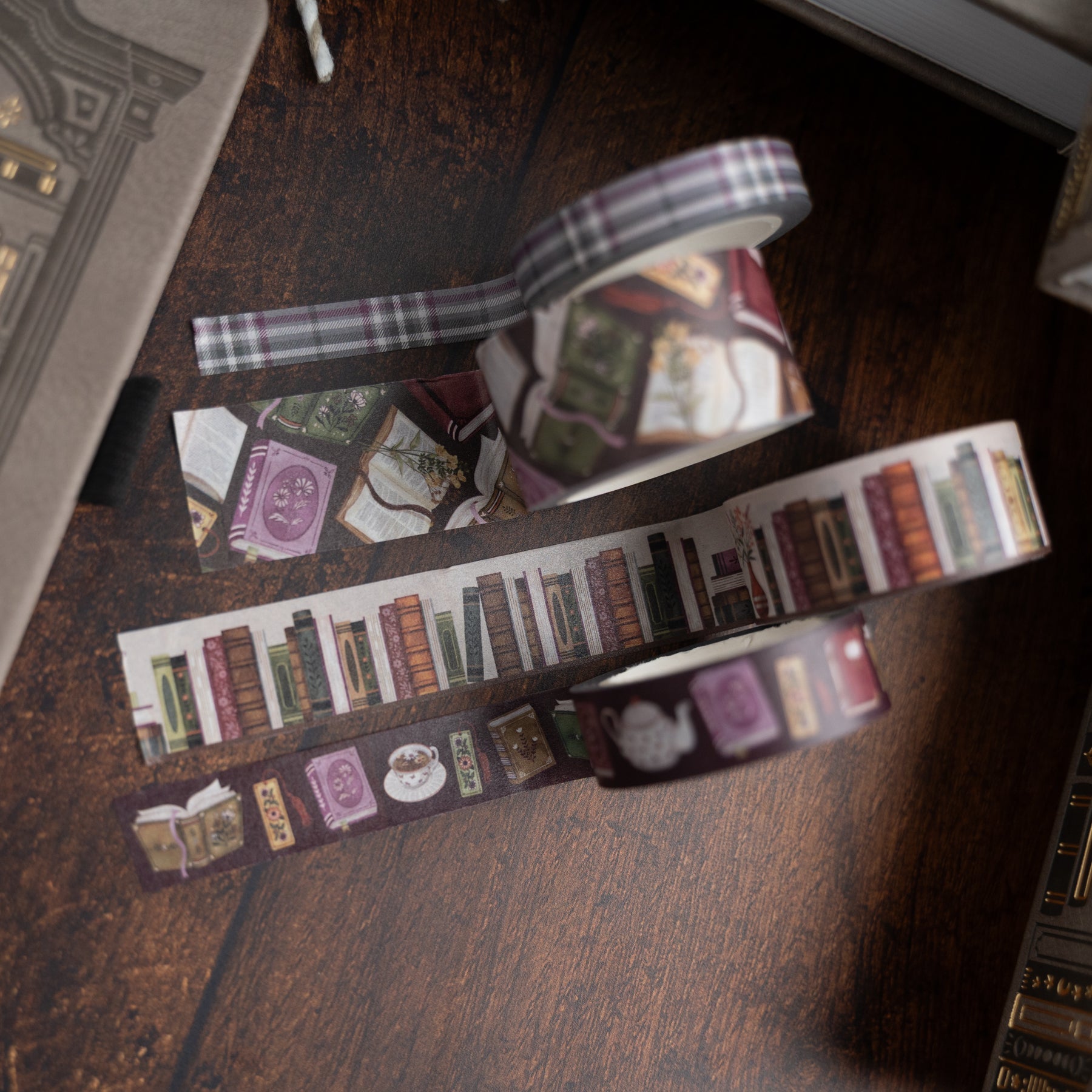
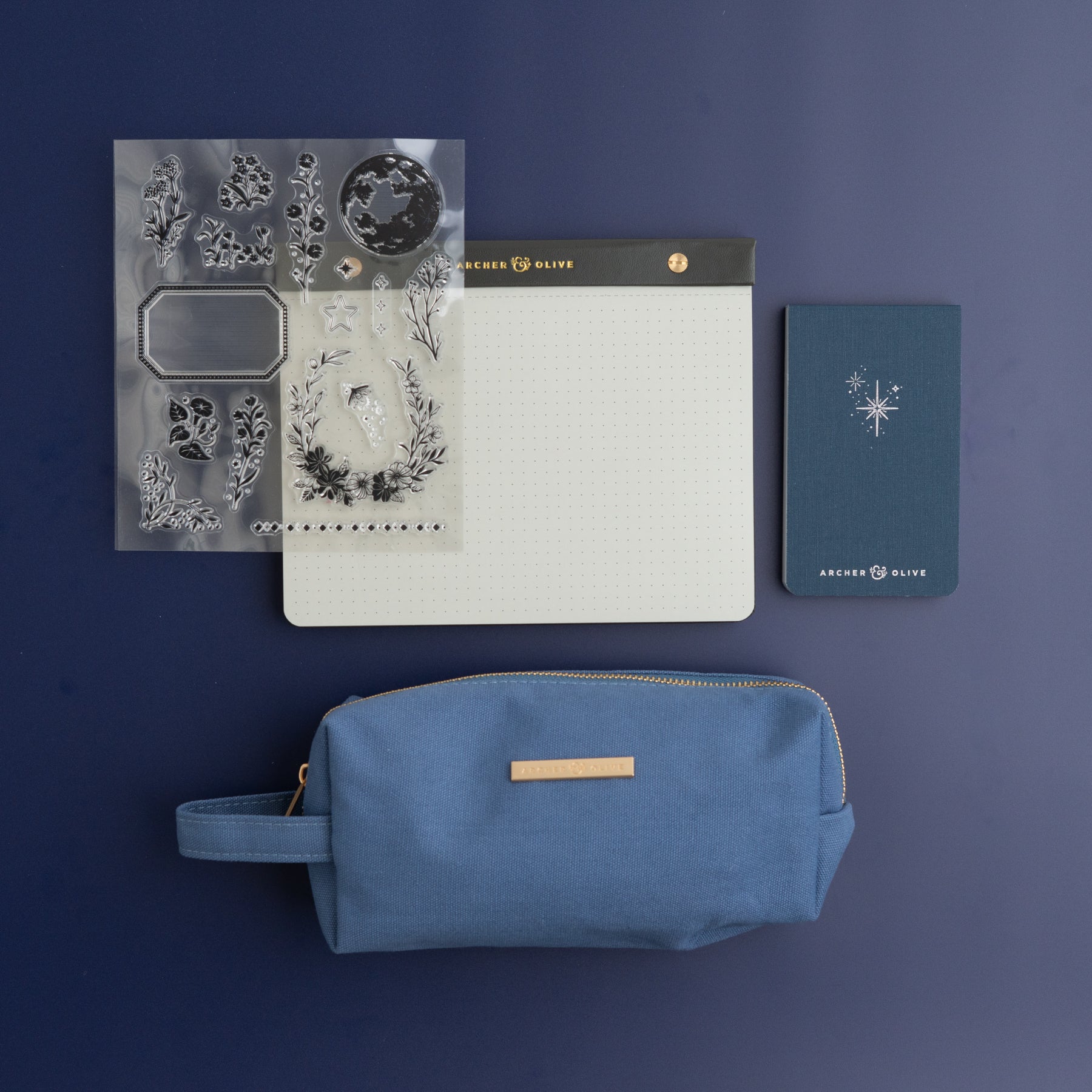
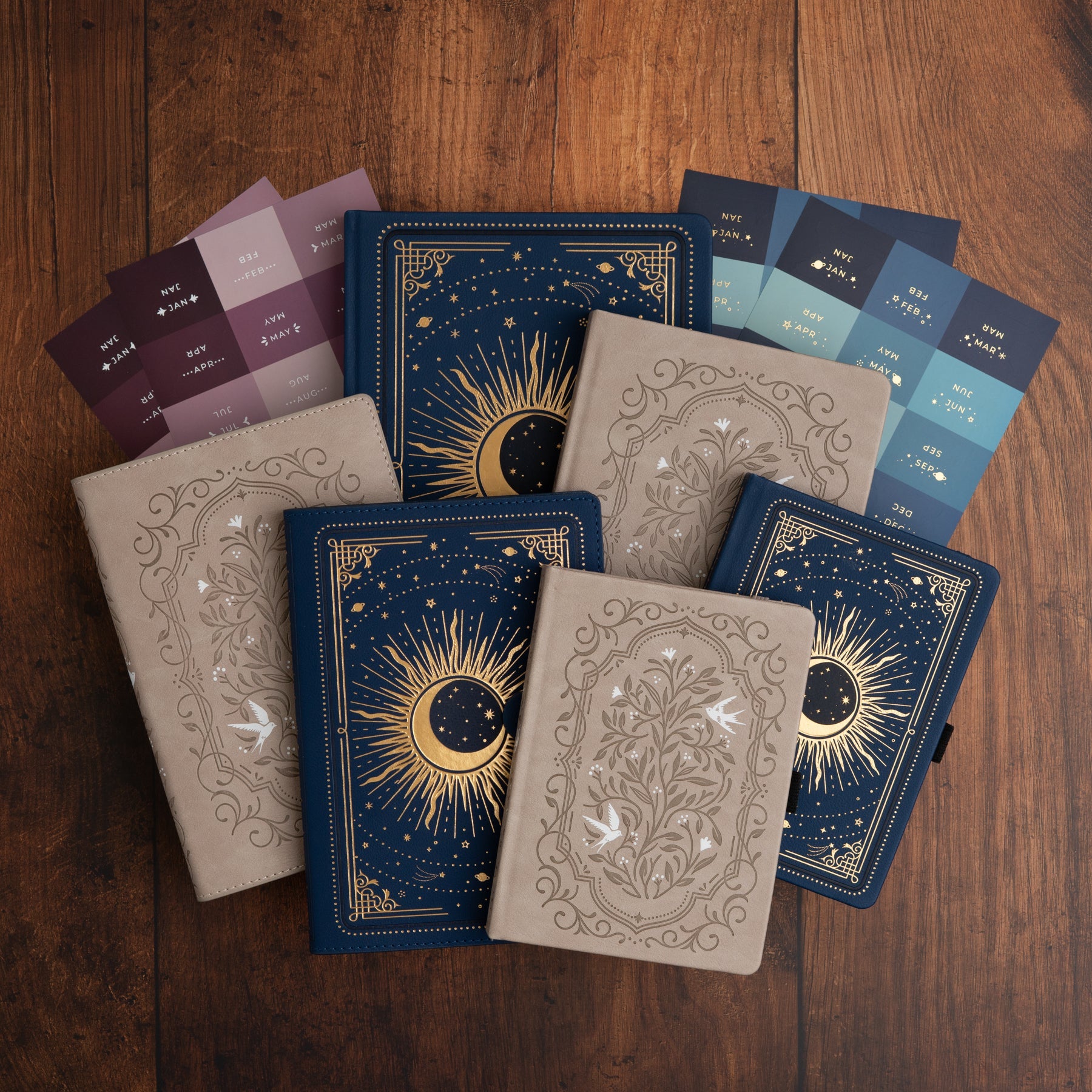
0 comments